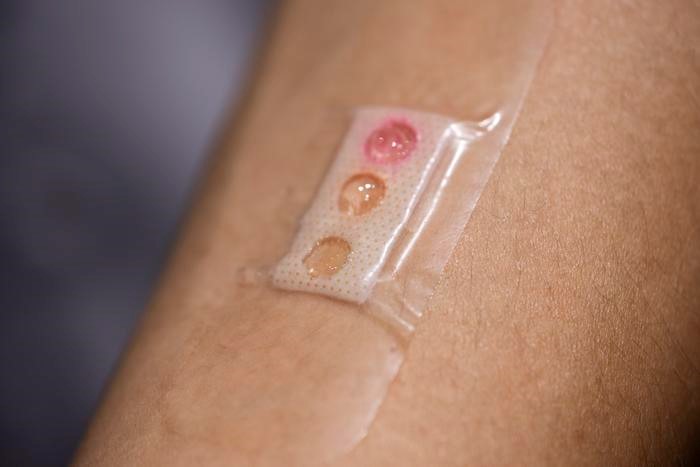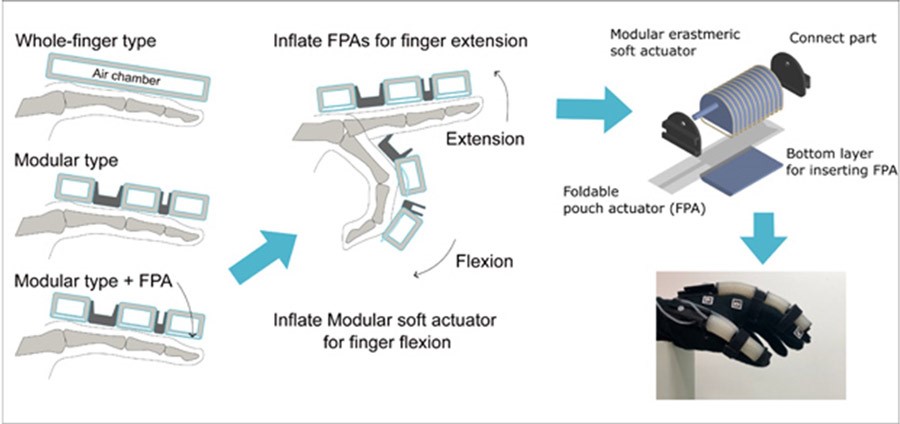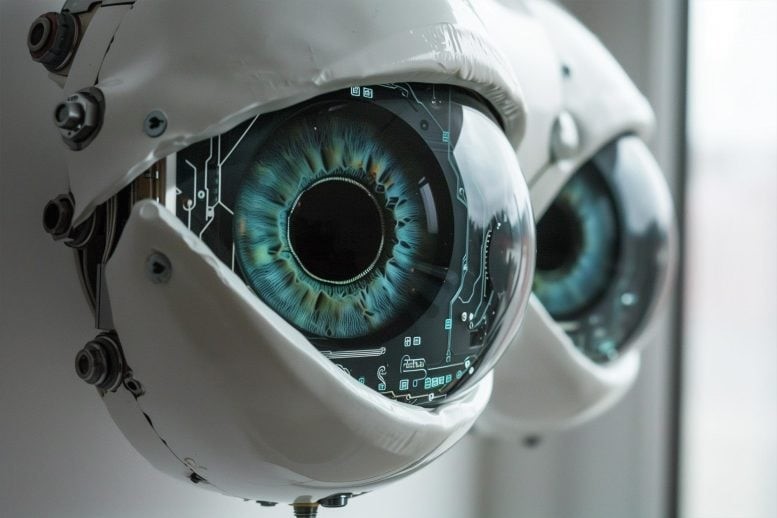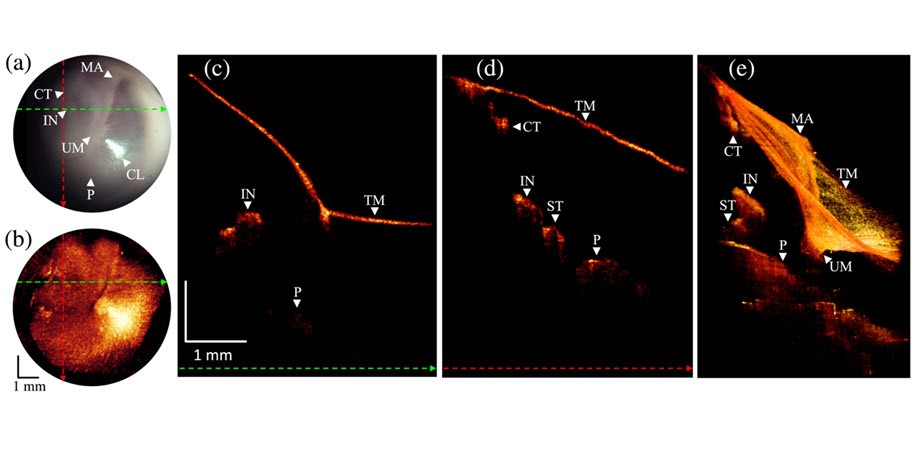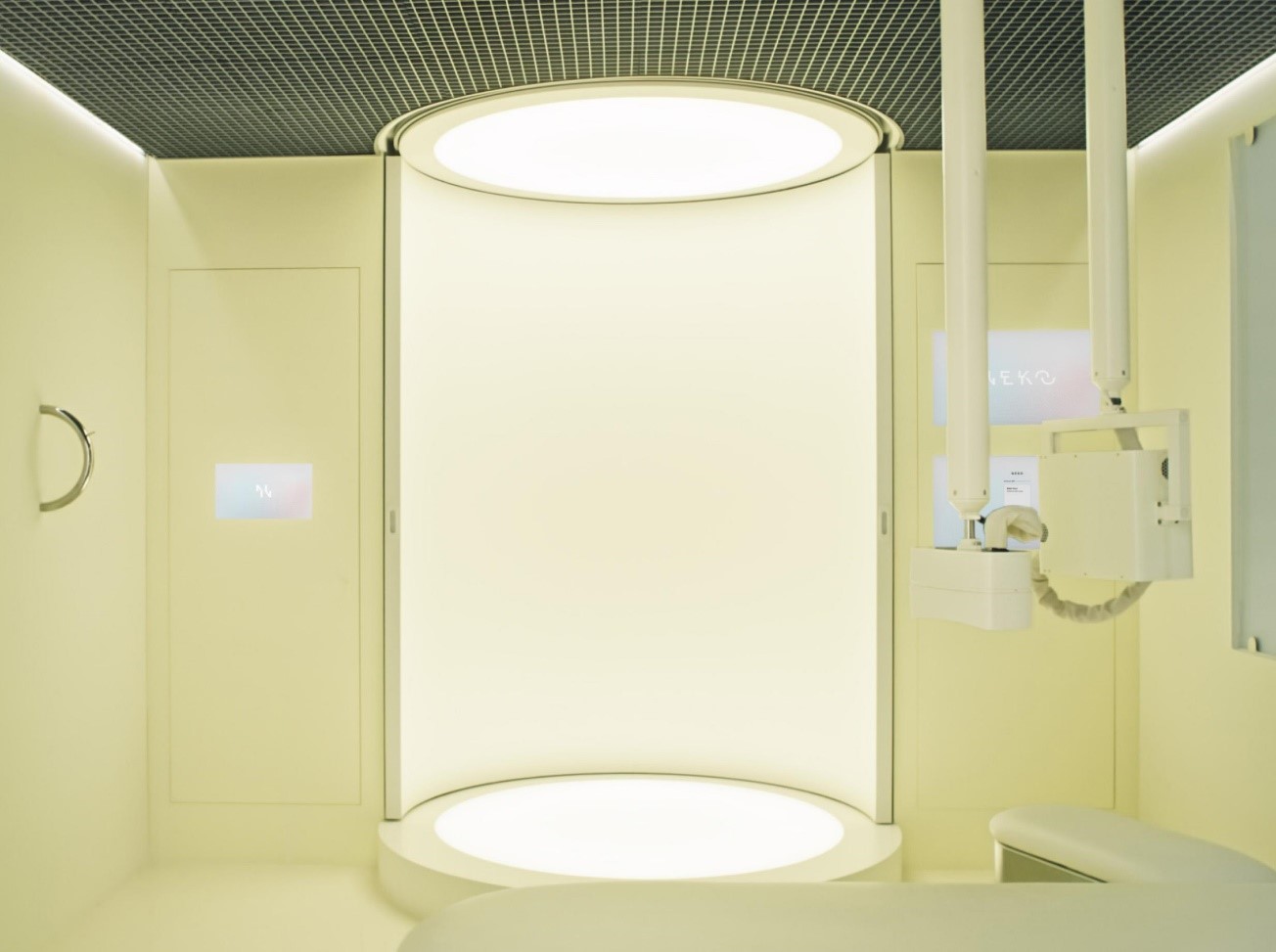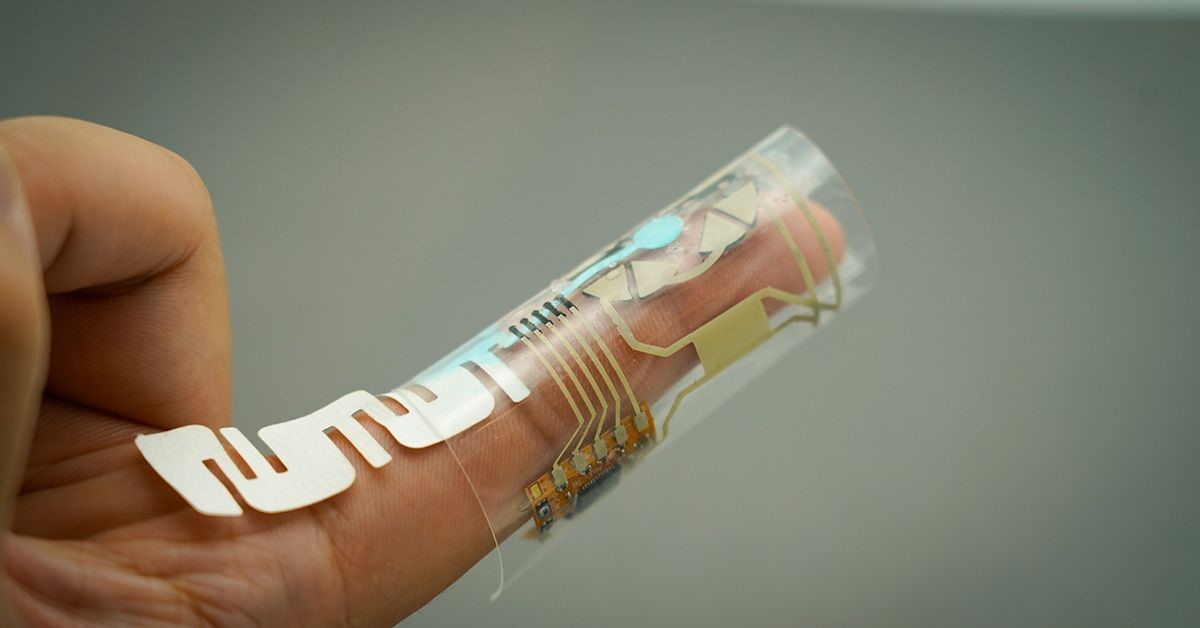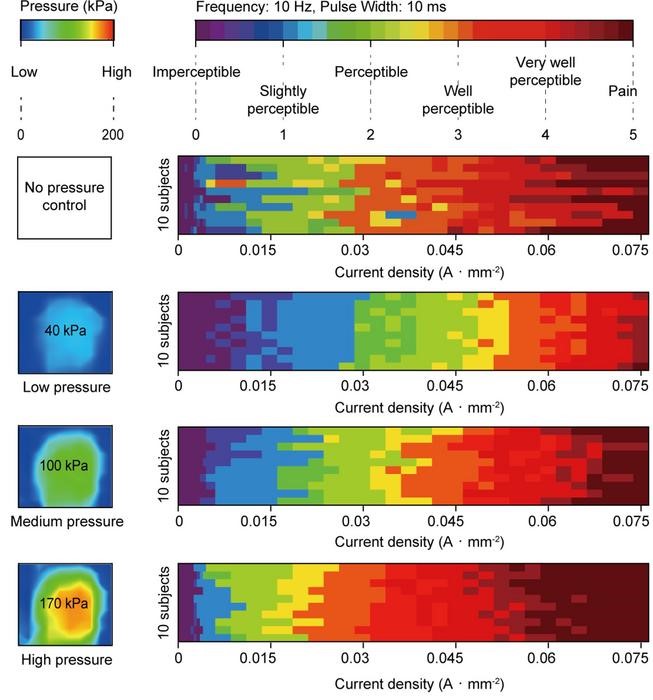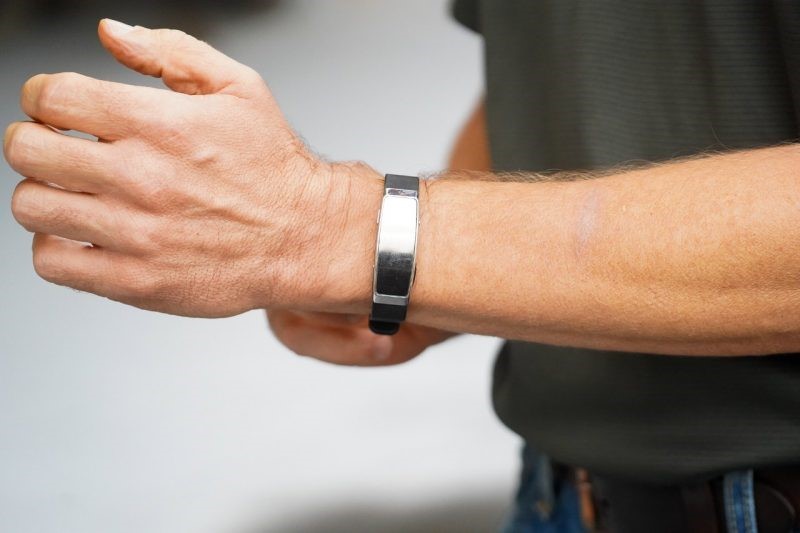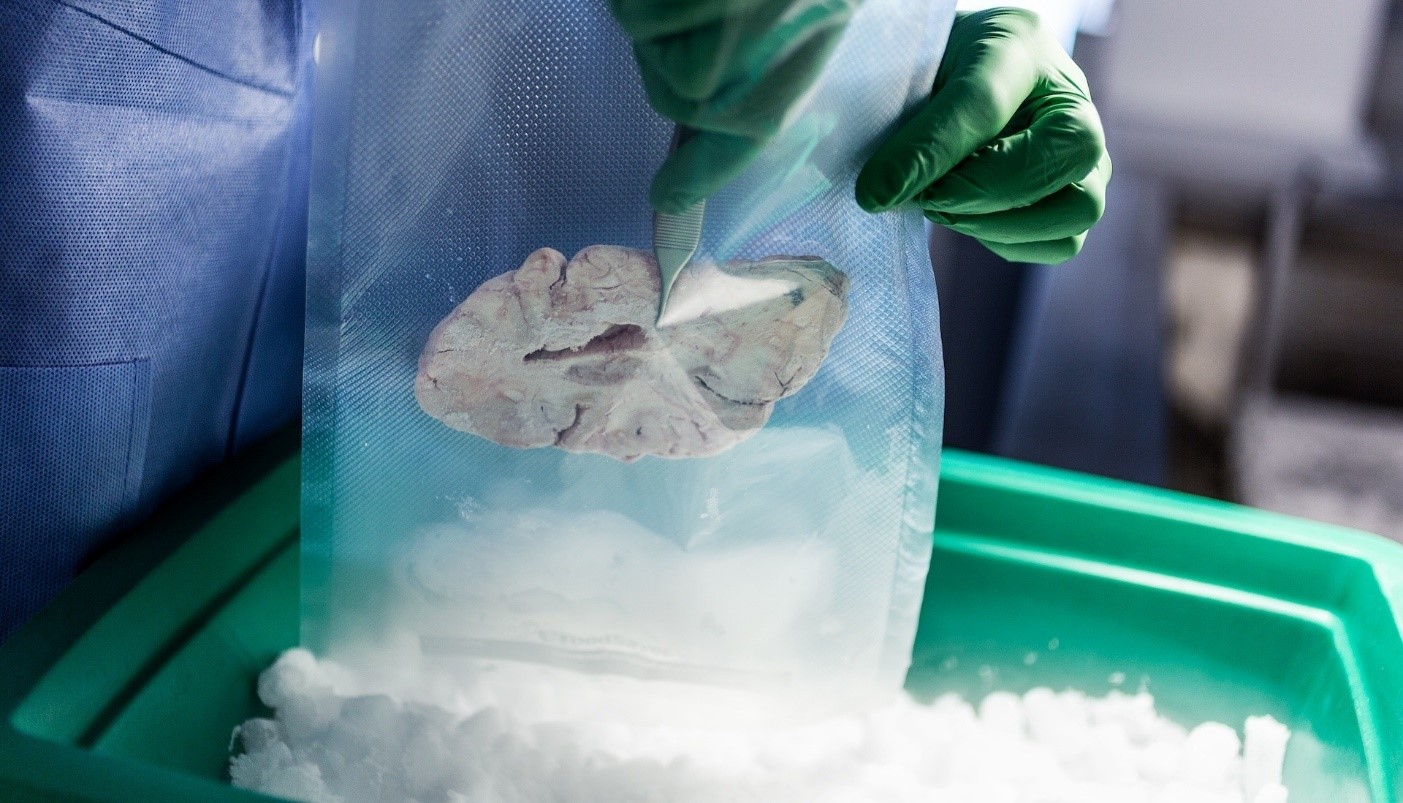Powering Healthcare Devices with Body Heat: A Breakthrough in Wearable Tech
In an age where dead batteries can be a major inconvenience, especially for those relying on wearable healthcare devices like glucose monitors, tremor reducers, or heart trackers, recharging can pose significant risks. However, for the first time, researchers from Carnegie Mellon University’s Department of Mechanical Engineering have demonstrated a solution: a health device powered entirely by body heat.
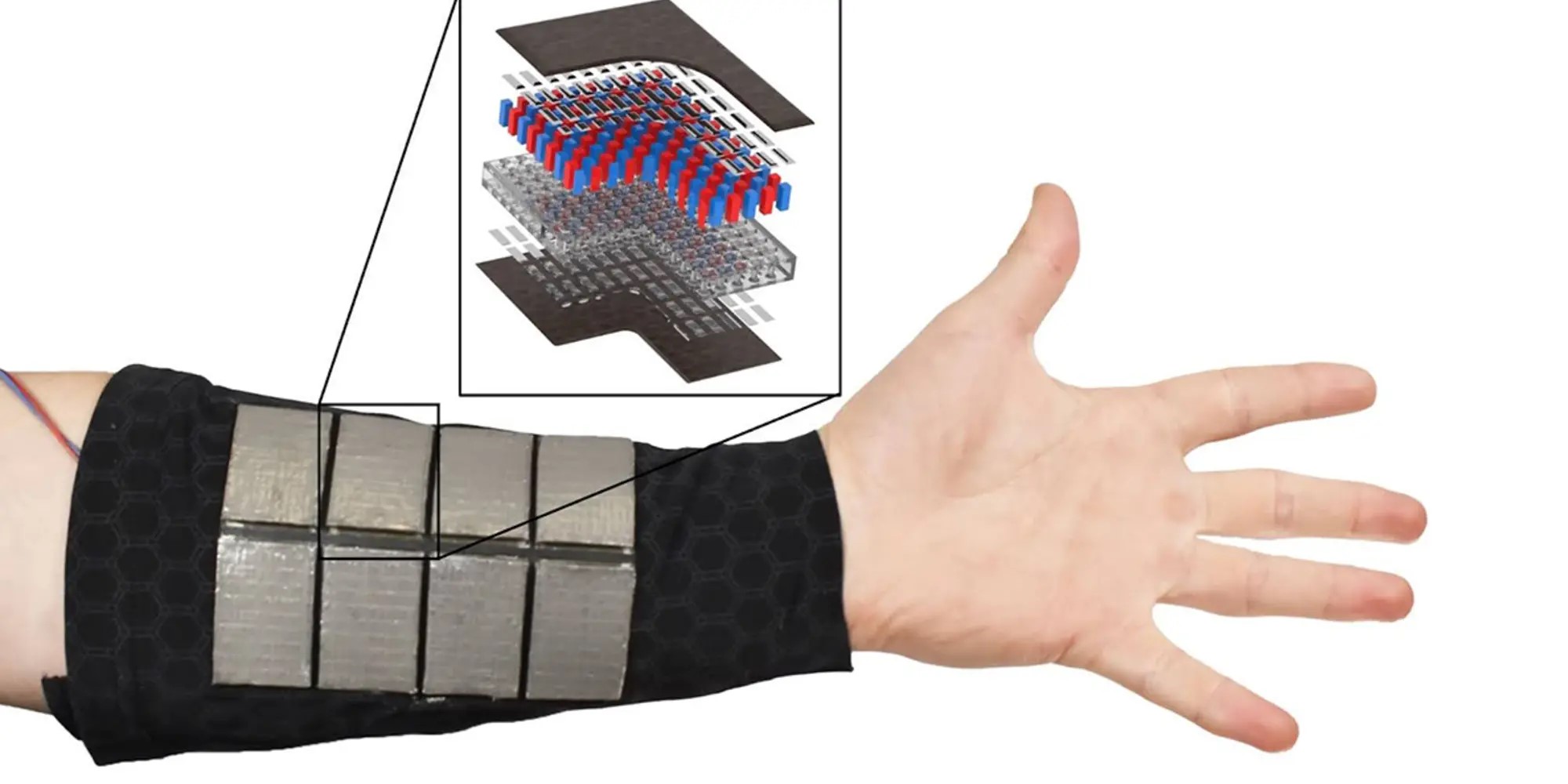
Figure 1. The Proposed Method. (Credit: Carnegie Mellon University)
Figure 1 shows the wearable combines a pulse oximetry sensor with a flexible, stretchable, wearable thermoelectric energy generator composed of liquid metal, semiconductors and 3D-printed rubber.
The team combined a pulse oximetry sensor with a flexible, stretchable thermoelectric energy generator, made from liquid metal, semiconductors, and 3D-printed rubber. This innovative approach marks a crucial step in addressing battery life concerns in wearable technology [1].
“This is the first step toward battery-free wearable electronics,” says Mason Zadan, Ph.D. candidate and lead author of the study published in Advanced Functional Materials.
The system is designed for high mechanical and thermoelectric performance with seamless integration of soft materials, featuring advancements in thermoelectric generator (TEG) array design, circuit board efficiency, and power management.
"Compared to our past research, this design improves power density by roughly 40 times or 4,000%," explains Carmel Majidi, professor of mechanical engineering and director of the Soft Machines Laboratory. The device’s enhanced thermal conductivity is achieved by using a liquid metal epoxy composite to optimize the connection between the thermoelectric component and the skin [2].
When tested on a participant’s chest and wrist during rest and motion, the device produced more power when worn on the wrist, especially during movement. “Walking and running created an ideal temperature differential,” notes Zadan, as body heat and increased airflow helped generate electricity.
Looking ahead, team member Dinesh K. Patel is keen to enhance the device’s electrical performance and explore additive manufacturing for future development. “We want to move it from a proof-of-concept into a product people can start using.”
Source: Carnegie Mellon University
References:
- https://indiaeducationdiary.in/carnegie-mellon-university-revolutionary-health-care-device-powered-by-body-heat-unveiled-using-liquid-based-metals/
- https://www.hospimedica.com/critical-care/articles/294801909/healthcare-device-powered-by-body-heat-marks-first-step-toward-battery-free-wearable-electronics.html
Cite this article:
Hana M (2024), Powering Healthcare Devices with Body Heat: A Breakthrough in Wearable Tech, AnaTechMaz, pp. 278


